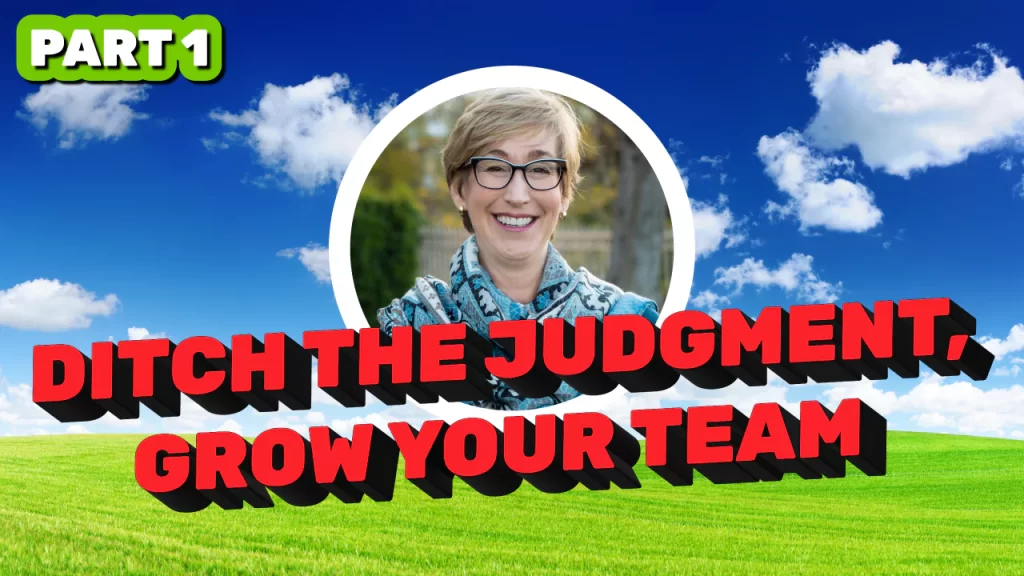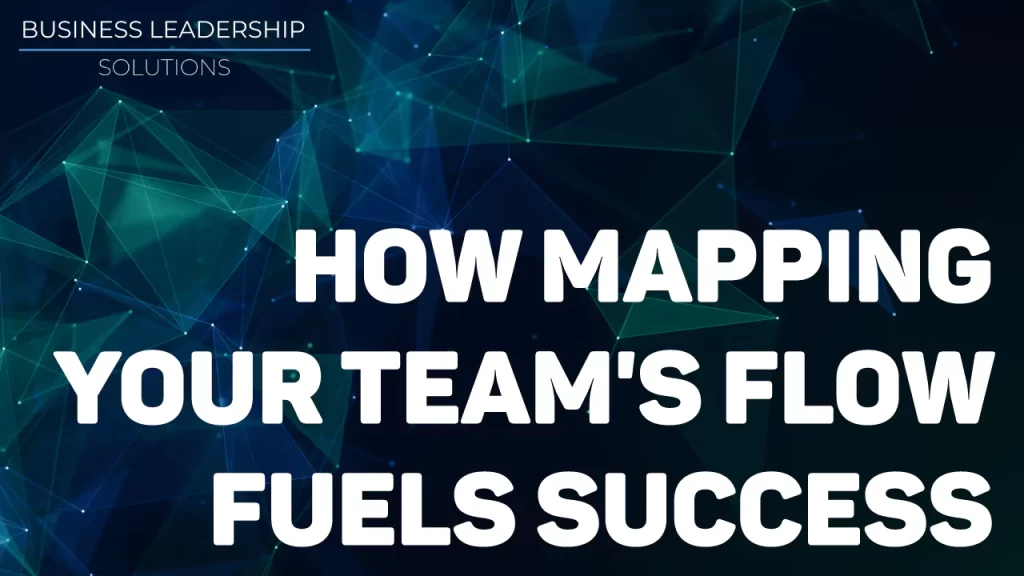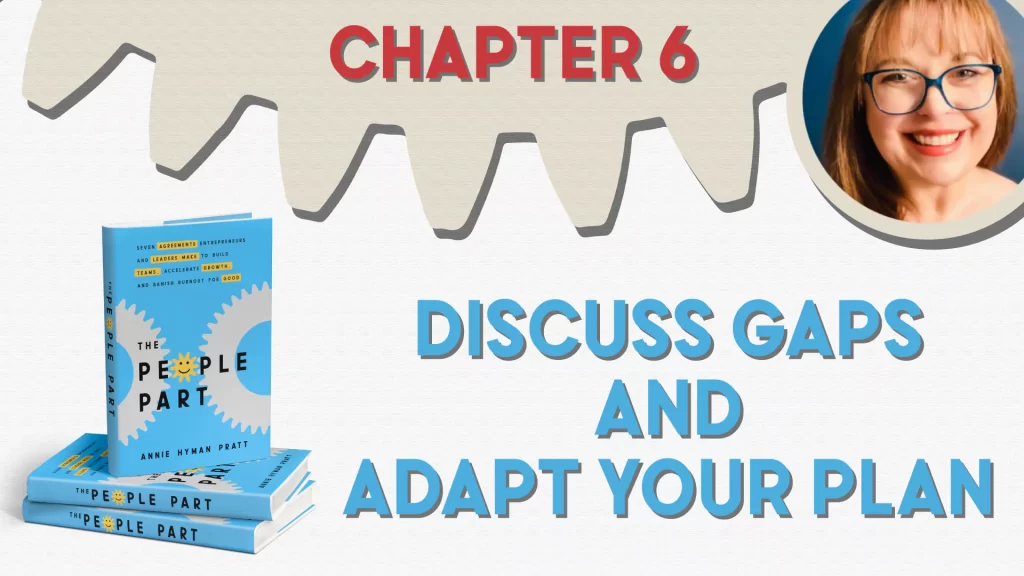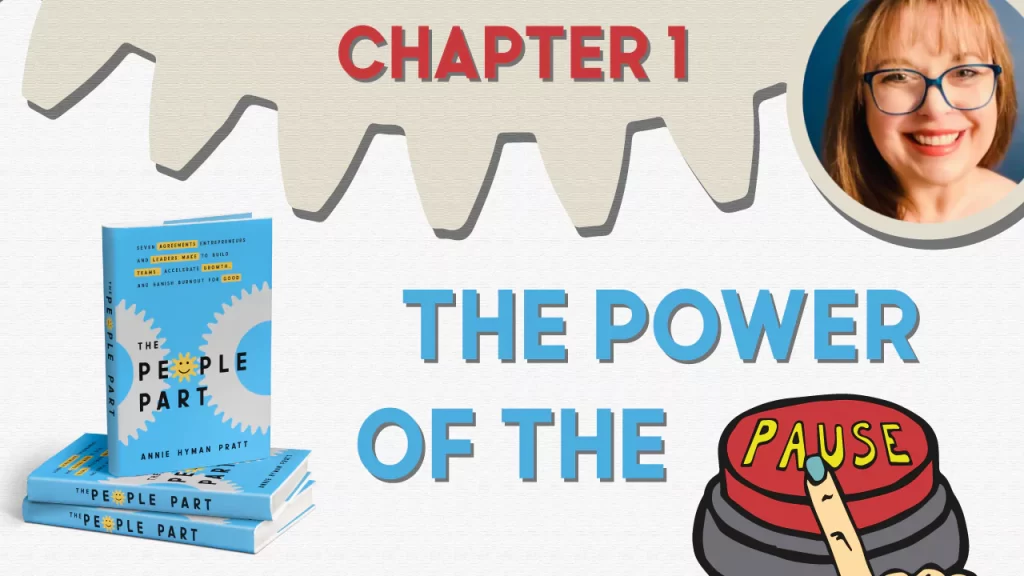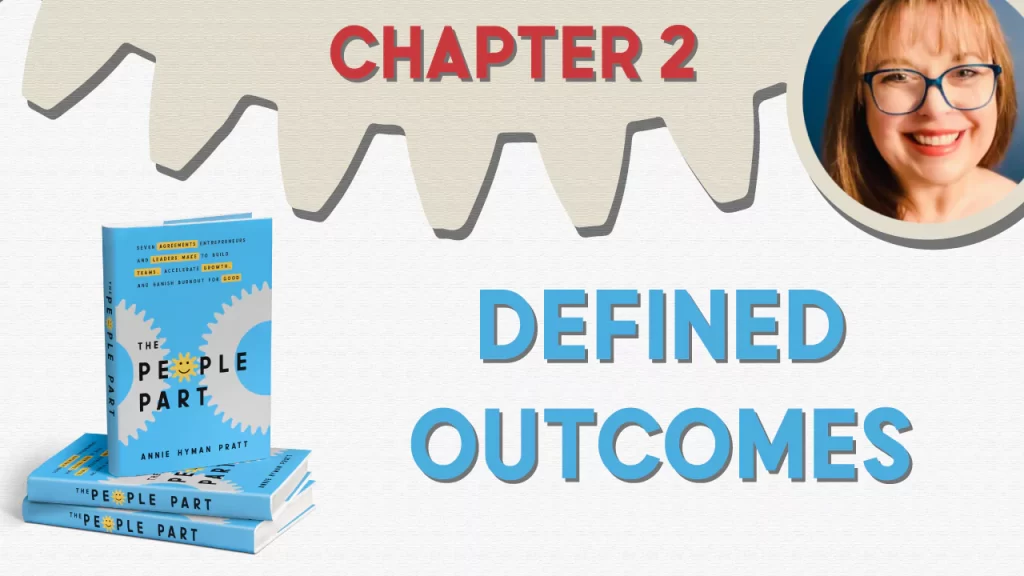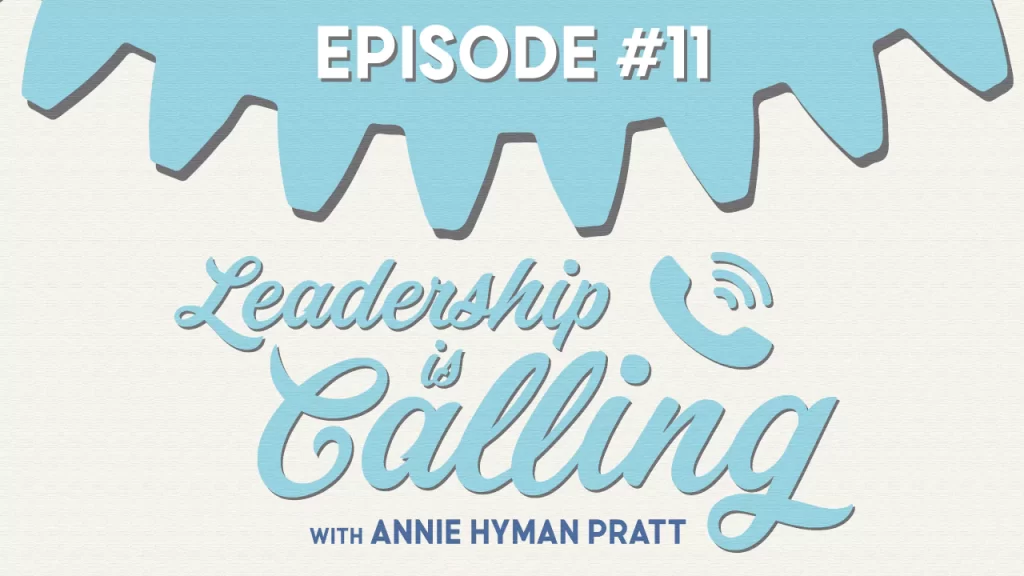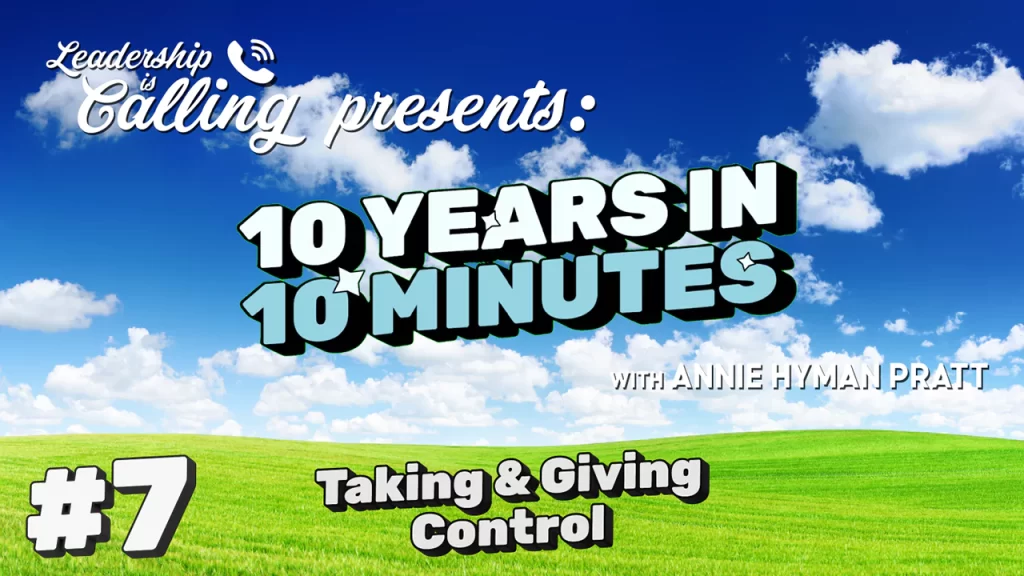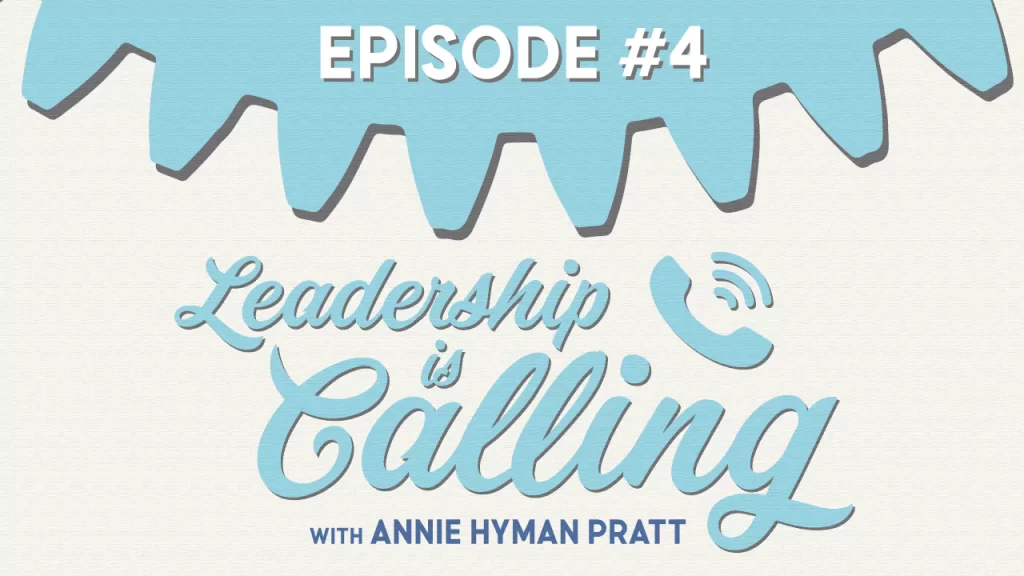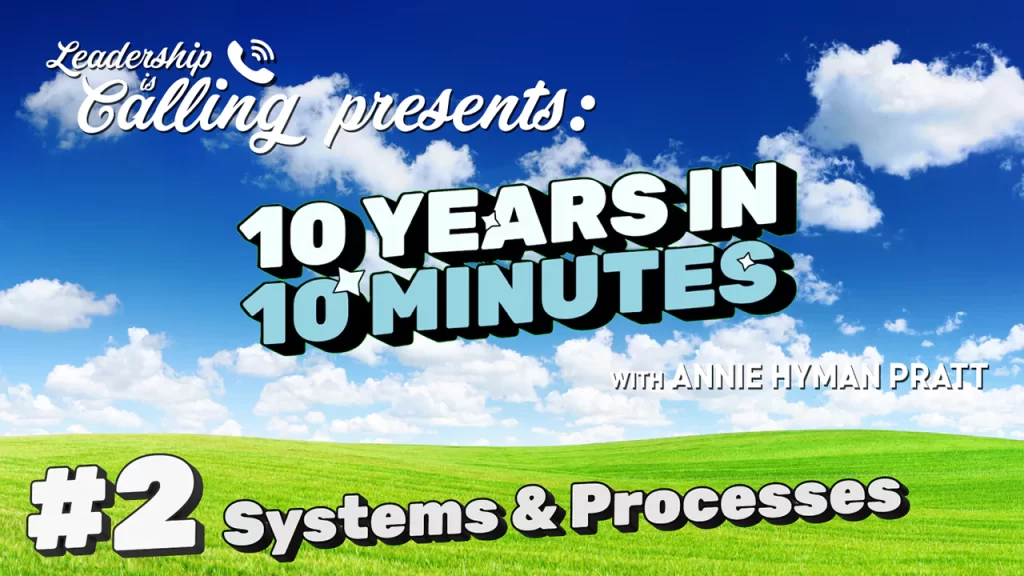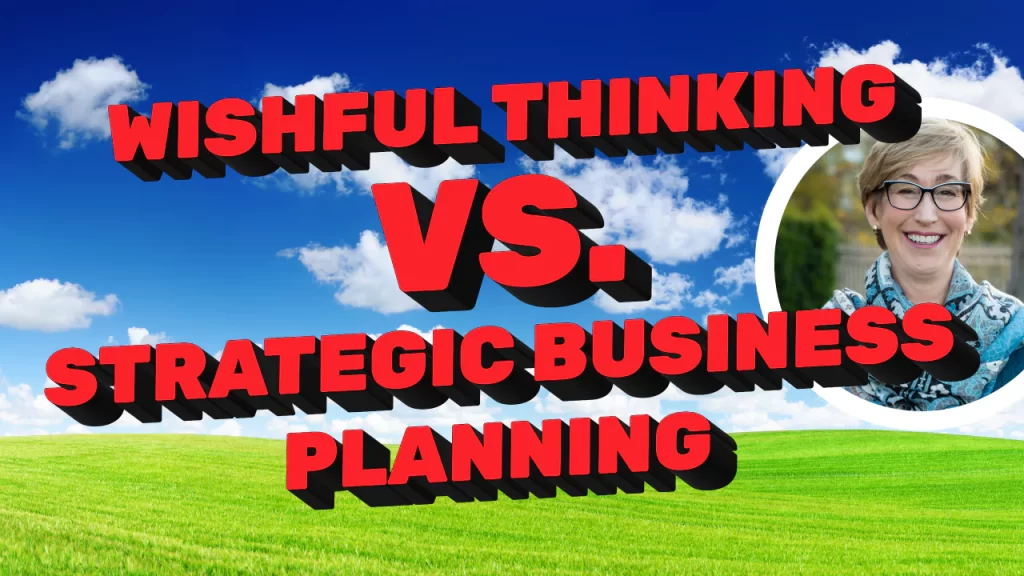Episode #22: How to Be a Compassionate Leader Without Losing Authority
Leadership is Calling Episode #22, 10 Years in 10 Minutes Series #11
Annie Hyman Pratt
- Description
- Transcript
How to Be a Compassionate Leader Without Losing Authority
“Your compassion must be greater than your ambition. Otherwise, not only will you not succeed in business but you will torture yourself and everybody else on the journey.” -Annie
In this video, Annie discusses the importance of compassion in leadership and how to lead with compassion without losing authority.
Annie dives into how leaders can balance compassion with authority to achieve results and maintain relationships. She shares a story where a CEO criticized her for not completing a task fast enough. Although frustrated, she refrained from attacking back and instead focused on how they could work together to get the task done. Annie explains that criticism and blame damage relationships and fail to achieve goals. Leaders should approach challenges with compassion while asserting authority on the necessary outcomes, not on judging people’s performance. This fosters effectiveness, trust, and positive relationships.
Key Points
- Compassion is not about being soft or weak. It is about understanding and caring for the needs of others.
- Compassionate leaders are more likely to be trusted and respected by their employees.
- Compassionate leaders create a more positive and productive work environment.
- Compassionate leaders are more likely to achieve their goals.
- Leadership involves working with others to achieve results.
- Criticizing and blaming others fails to achieve goals and damages relationships.
- Compassion plus focus on desired outcomes drives results while building trust.
- Separate performance issues from urgent goals to resolve problems constructively.
- Leaders must balance care for people with focus on achieving necessary outcomes.
Related Resources
More information: Compassionate Leadership
Articles: COMPASSION—Essential Key for Today’s Entrepreneurial Leaders | THEME OF SELF-COMPASSION and PROGRESS as a Business Leader
Downloadable Worksheet: The 5-Day Appreciation Journal: A Culture of Caring
Auto-Generated Transcript – unedited version
How to Be a Compassionate Leader Without Losing Authority
So I have been talking lately about compassionate leadership authority, which probably sounds like an oxymoron, right? Like, how can you be compassionate and how can you have authority at the same time? And how can you do both of those things when you’re in leadership?
All right. So first, let me just say that leadership, I think it’s great to just start with understanding what leadership is. And leadership is all about taking responsibility to get something through to a result. And it almost always also involves working with other people. So we think of leadership as working with and through other people to get results. So when we’re doing that, how can we hold compassion and authority at the same time?
I’m going to share a brief story of something I went through that really just made it hit home for me, for how you do both, how you could do both. And it’s when I was in a position of being an interim CFO and I had a CEO above me who was working on a very complex kind of accounting job of where I was having to find and put into a system. A lot of invoices, a lot of bills that weren’t in the system and that were unpaid and the CEO was obviously super concerned about how much that was. I mean, when we’re talking about, you know, like a couple thousand dollars or we’re talking about hundreds of thousands of dollars in these outstanding bills that kind of no one, no one knew about.
All right. So this turned out to be a big job. Like I thought it would go pretty quick because if I had the invoices, I could just input them, would go fast, you know, and have my assistants help me. Okay. But it turns out that it was very slow because I had to call vendors to actually find the invoices. They weren’t anywhere in this office. They, you know, it seemed like they had kind of vanished or something. And we had vendors putting the company on C.O.D. It was a you know, it was really an awful thing we were trying to really understand and get into the system. All the payables, the bills that we had outstanding.
So I originally thought it would take me just a couple of days, and after about a week, the CEO confronted me with, Well, why aren’t we done yet? And, you know, and I, I and it’s even his attitude was kind of implied that I should be done already. Right. Okay. And so I immediately kind of got on the defensive and I started to say why I wasn’t done yet, you know, because I had to call all these vendors and do all this extra work to make sure that these bills were real bills and that get them into the system. And, you know, it was a thing. And but this CEO was, I think, really in a place of fear and frustration and then started to push me off like, well, that doesn’t sound like that takes that long. Right. Like, if I were even saying something like, if I were in your shoes, it would be done by now. Like, come on.
And at that moment, I luckily had enough skills to not say what I was thinking, but I was definitely thinking, Hey, wait a minute. If you think you’re so good at this, you sit down and do all the bills and you know, and all all sit back and wait for you to bring them. And, I definitely went into the place of also not being not being upset at the fact that he was perceiving me as doing a bad job, which I felt very strongly. I wasn’t doing a bad job, but I also was perceiving him as not a good CEO. Right. Like, I was feeling like, Well, you’re not taking your part of the responsibility and you’re not trying to even understand my point of view. You’re making all these assumptions about how I should perform, and it’s all very critical and judgmental and all about me. So all meetings are targeted at Annie and when that’s happening, when the CEO and I are going back and forth about whose fault it is or isn’t. We’re actually not talking about how we are going to get this done because it’s not like he was offering to step in and do it.
And so instead of coming to me from a place of like, oh, my gosh, this is taking quite a long time, I’m afraid we won’t have the numbers in time for me to share with the owners what’s really going on here. What can we do? How can I support you? Because we have to get over the finish line. Okay. So that if he had come to me with that, that has that element of compassion, of, you know, of this, I can see that this is hard, but it also has the element of authority and the compassion piece of staying out of blame and judgment. Right. Like, oh, my gosh, this is taking longer than we thought. Hey, no blame there. Then going to the place of what can we do to make it happen faster? That is a place of authority because we you know, because he said if he had said because we need to present this to the owners, like that’s the outcome that we’re going for. That’s the thing we have to make happen. He and I can stay on the same page about that. And it keeps the conversation going in a place that is effective and productive instead of tanking the relationship and not even having a good outcome from there.
I think when people are angry and frustrated, they believe that if they express how upset they are that the other person will go to a place of, Oh, I need to fix this so that this person won’t be upset anymore. And the thing is, we don’t do that as humans. We go to the place of wait, how are you perceiving me? Am I in danger here? Am I in danger of not pleasing you? Just just that, but more immediate danger that you’re perceiving me badly? That kind of goes to the general respect that we have for each other. And when some when a leader goes into a place of blame, judgment, criticism, even applying it through tone, through, you know, through kind of the the words they use, even applying, it gets people focused on, wait a minute, this is you know, we’re now I don’t care about the outcome anymore. Now. I just care about how I’m being perceived. And that is a major problem.
And so to get around that, we actually have to hold the compassion piece of business. As hard things were late all the time for billions of reasons. We can’t be focusing on the fault for that. We have to be focusing on what’s the outcome and how are we going to get it. Okay. Now, if there is a performance problem and sometimes there is, you can deal with that, but not at that moment. Performance problems have to be dealt with after the tension is over. When you can actually talk about the performance piece without an outcome needing to ride on it right at that moment. So that’s how you can hold both pieces at once. The compassion and the authority. The authority is based on, look, we need to get this result. That’s where the authority comes from. The authority is not that I have decided you’re doing a bad job. This doesn’t work. And so if you know, I hope that makes sense. I imagine that most people have been on both sides of that equation like I have. And it can become much, much easier when you start to just talk about what we can do differently to get the outcome. Then the compassion often automatically comes in.
So that’s what I wanted to share with you today, and I hope you got some good insights. I look forward to doing another ten years and 10 minutes Talk soon. To learn more about this episode’s topic, pick up a copy of my book, The People Part at your favorite book retailer.



